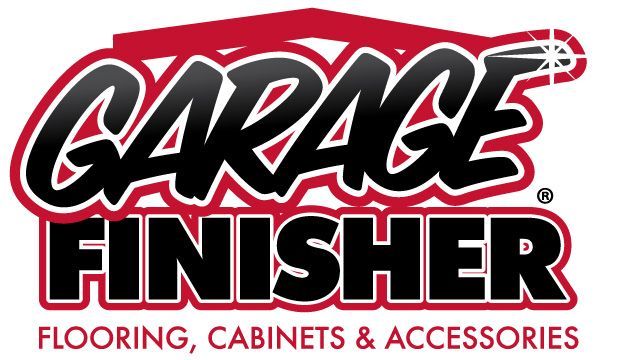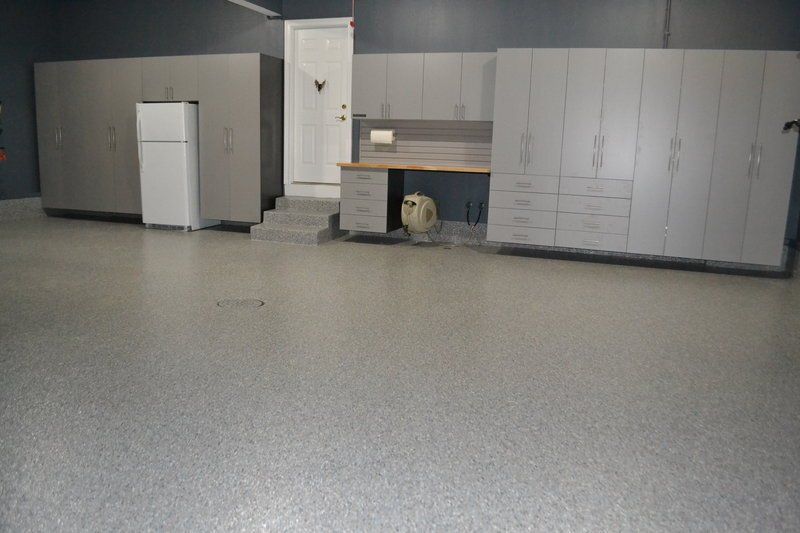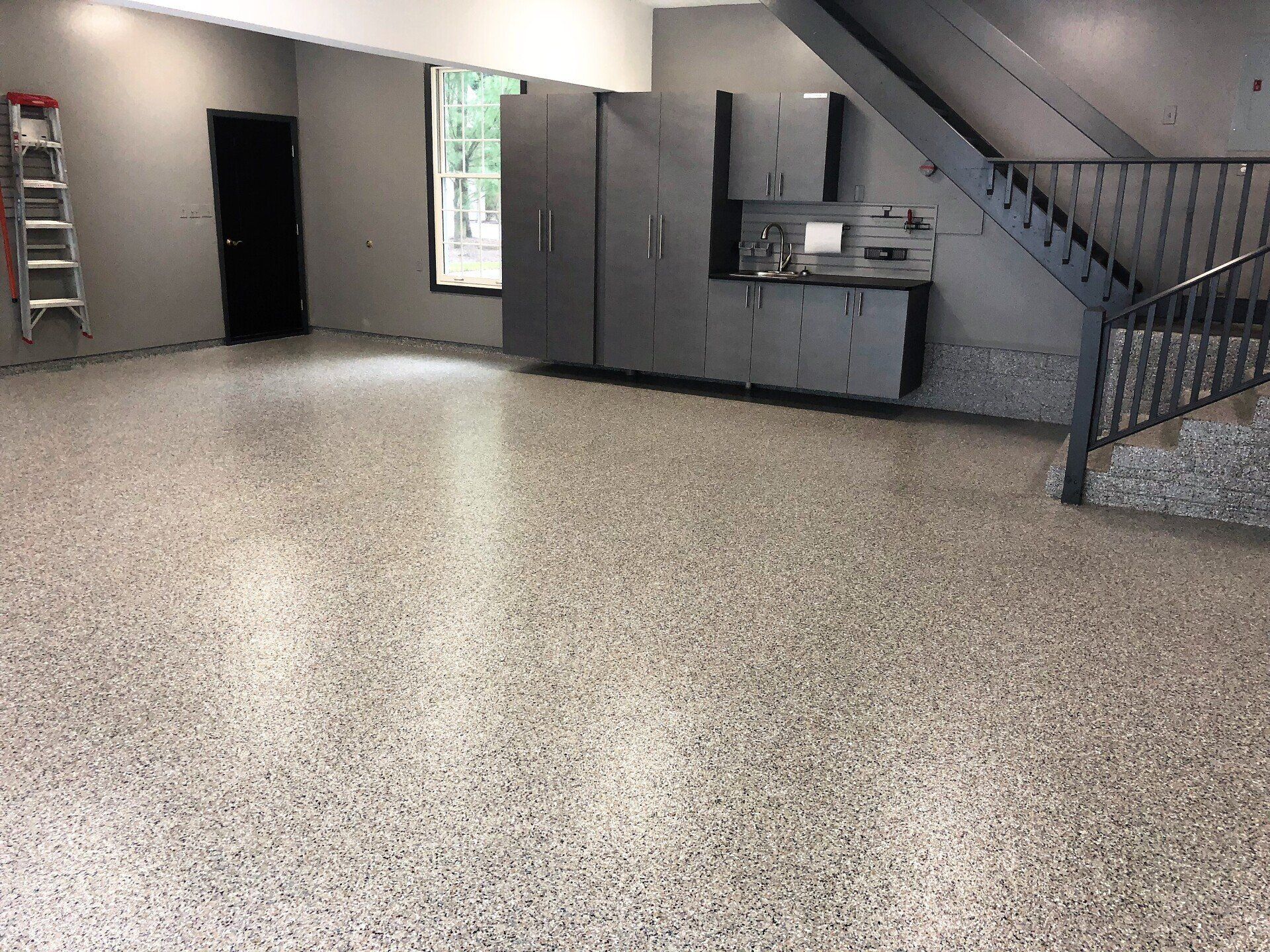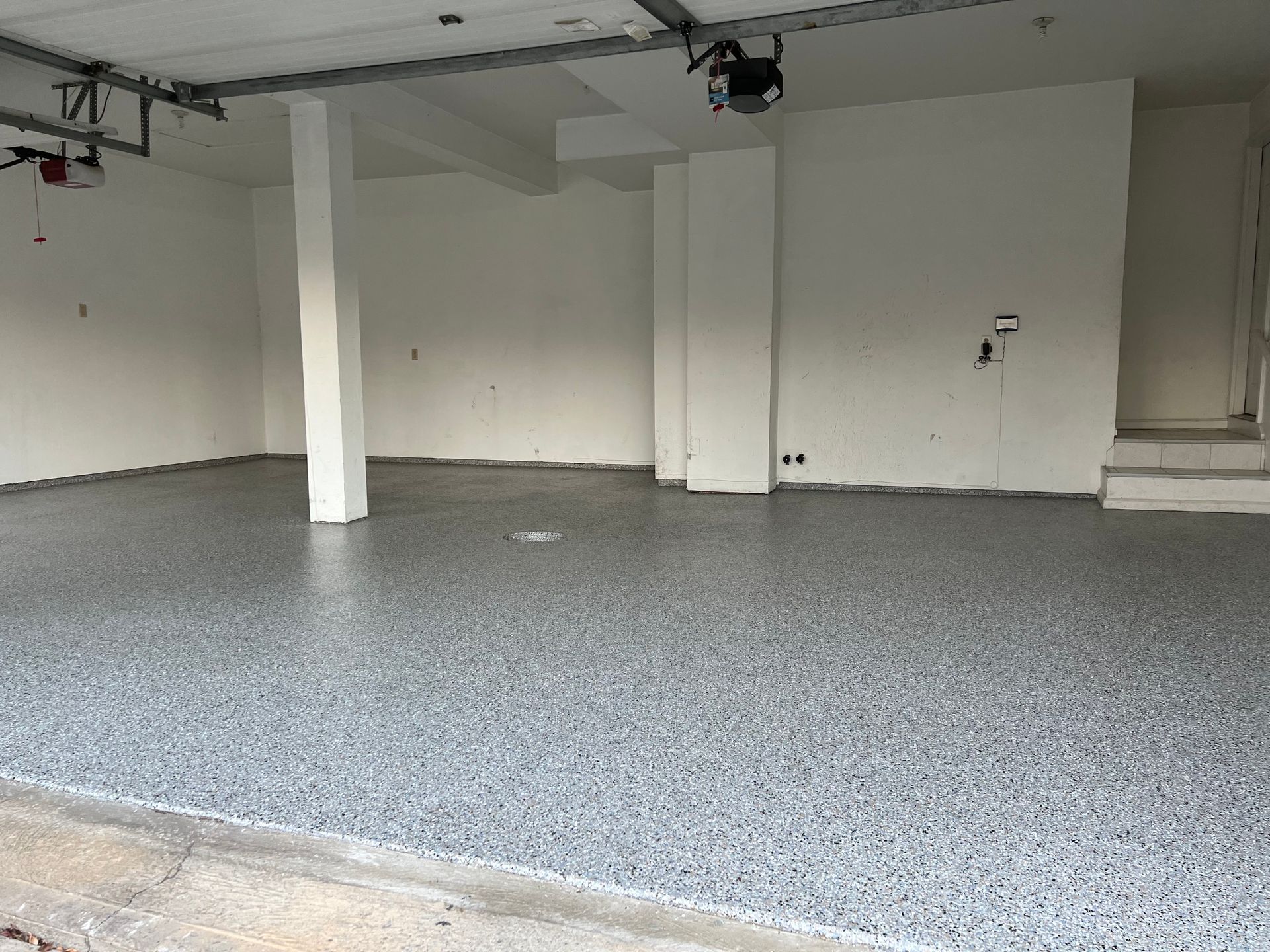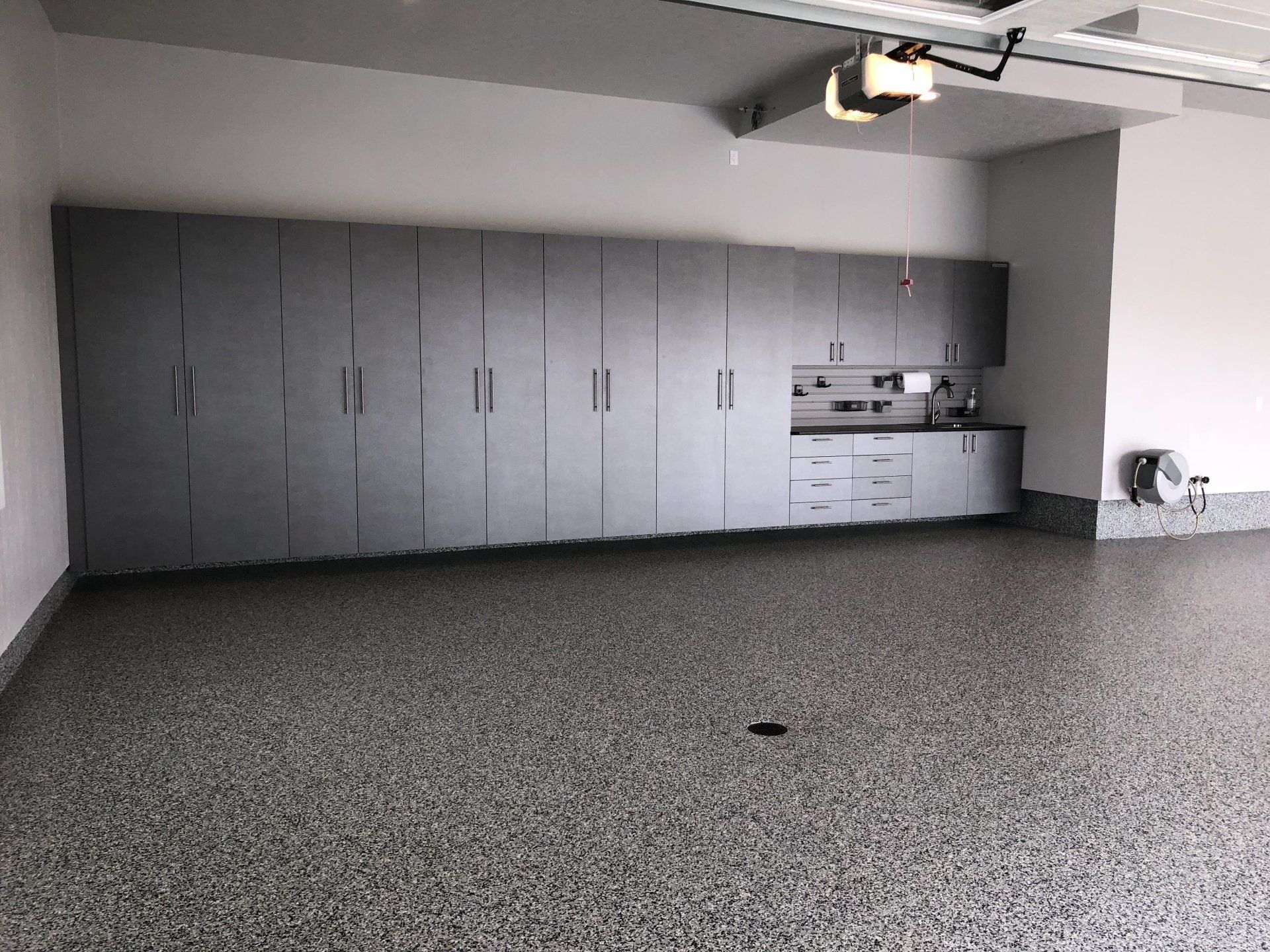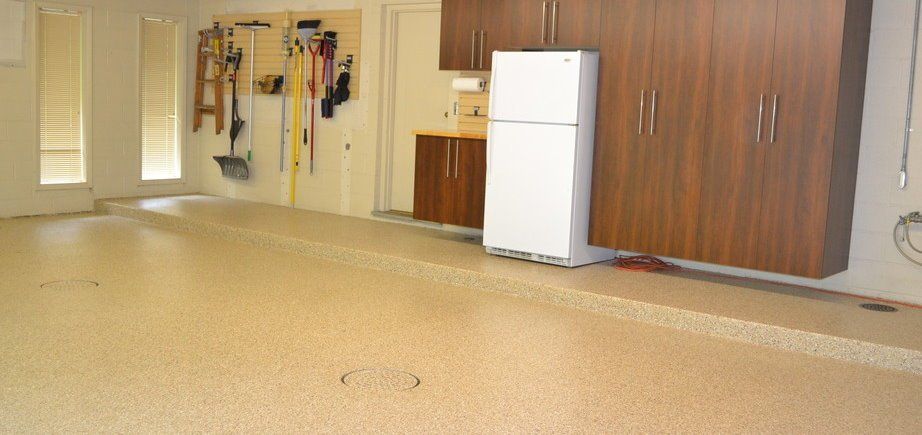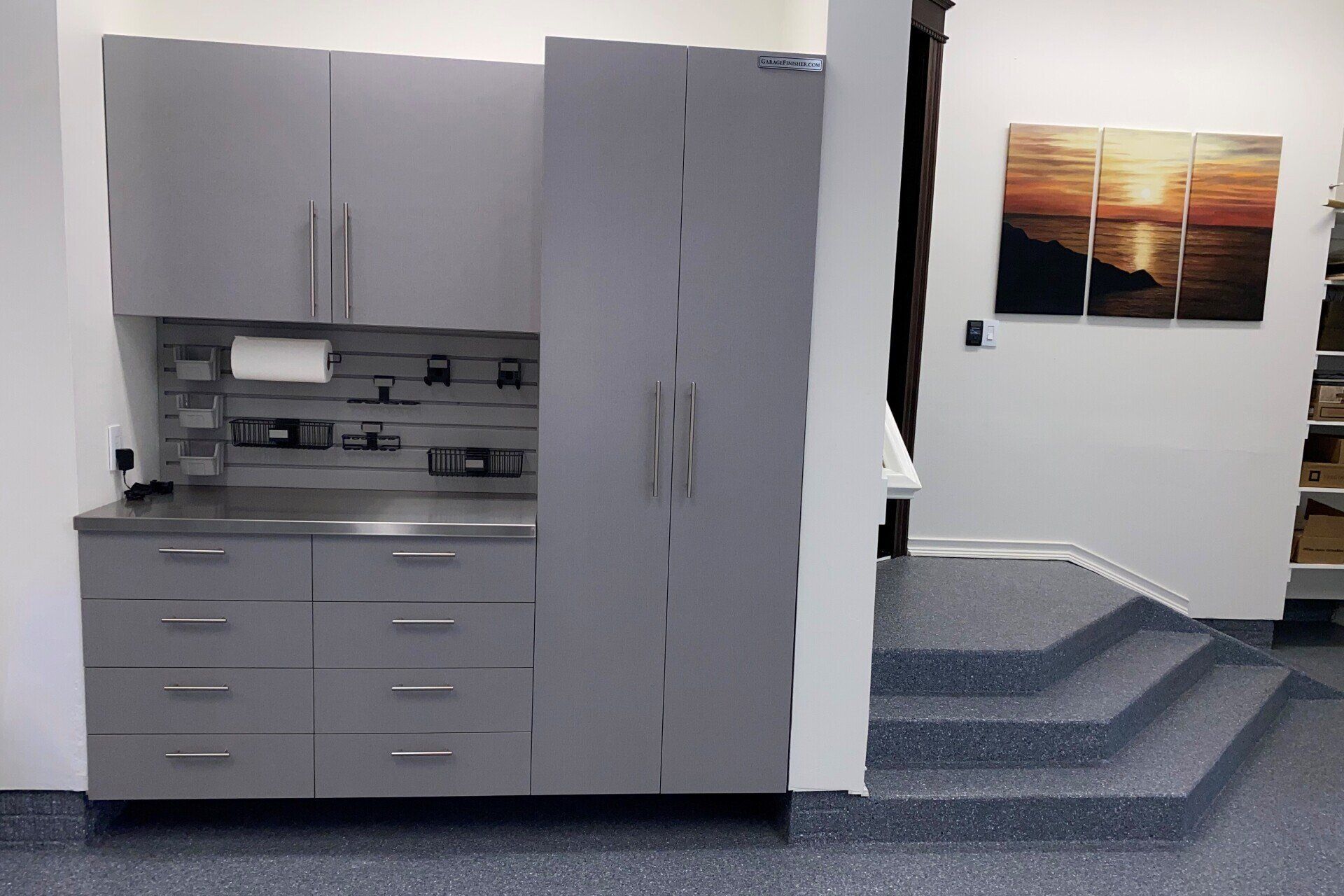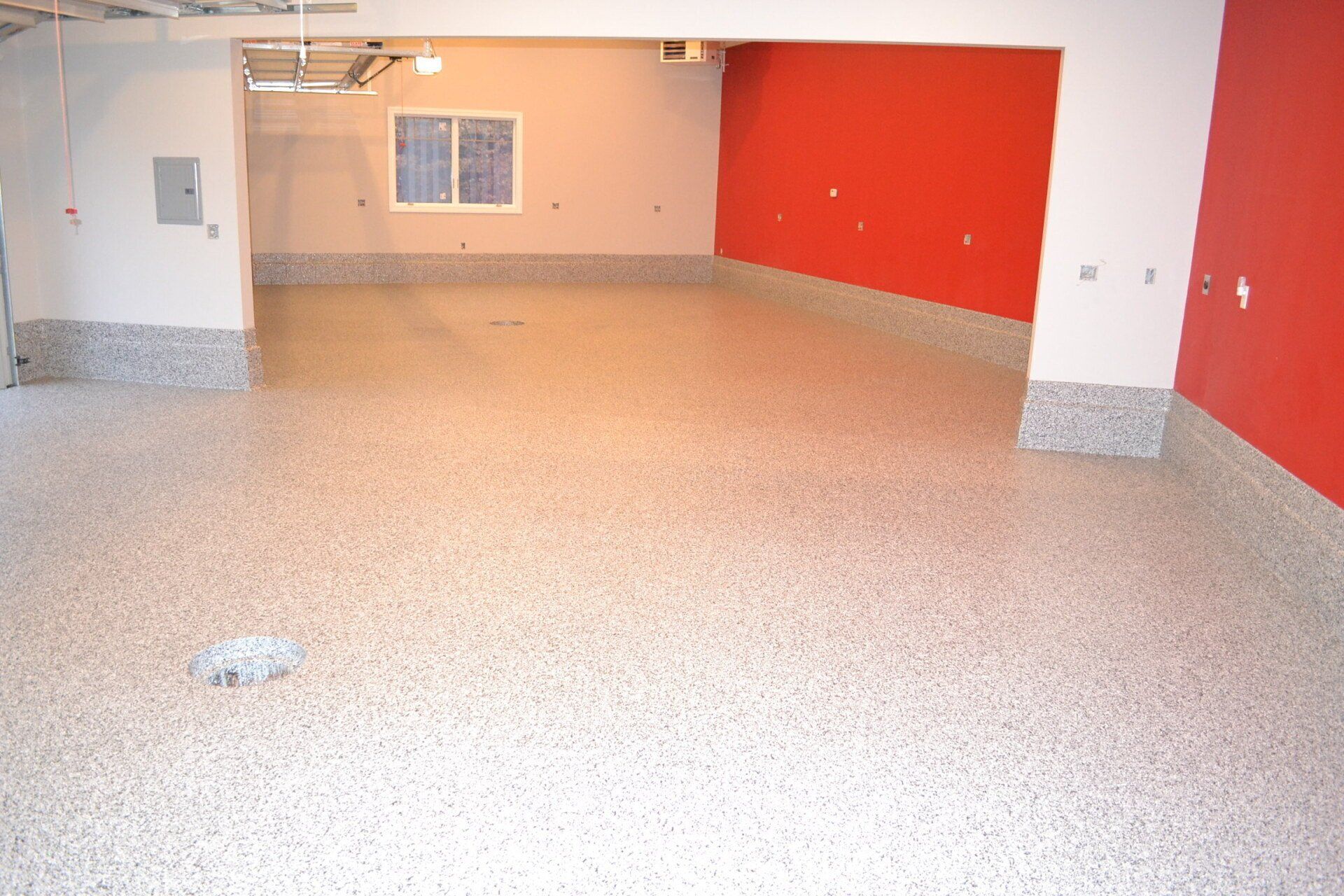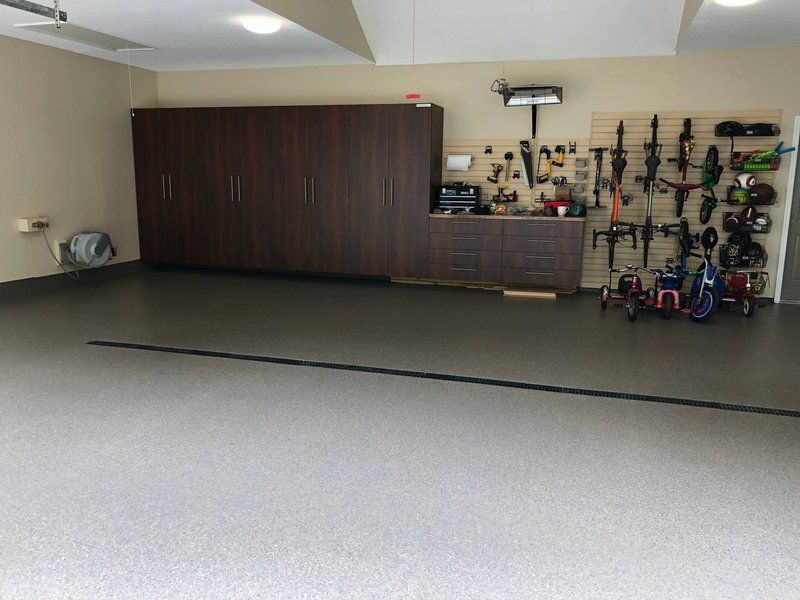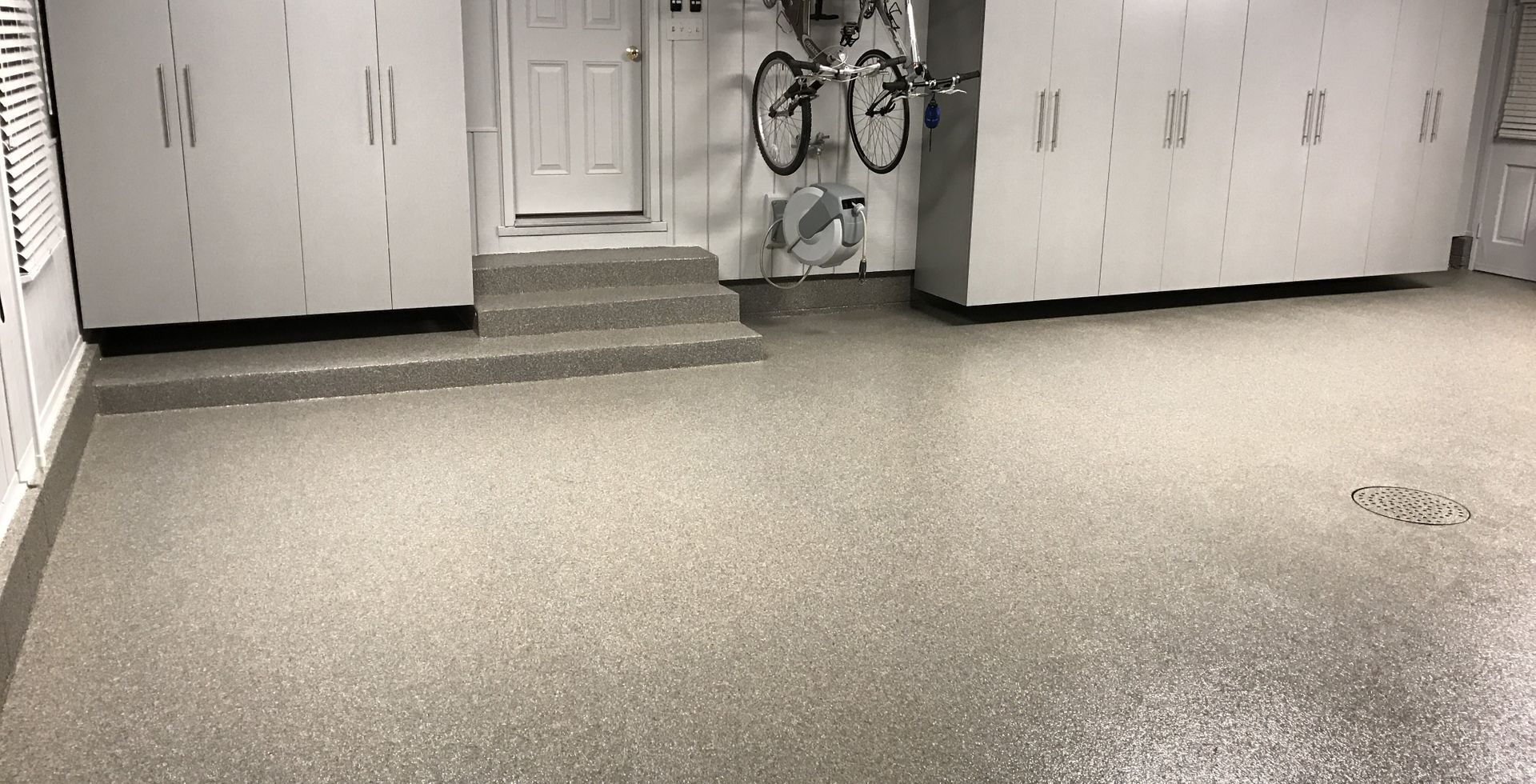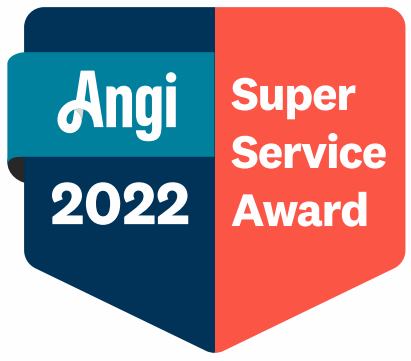Why Homes and Businesses Alike are Choosing Polyaspartic Flooring
If you have any floors in your home or business that are made of plain concrete slabs, such as in the garage or basement, there are much better options! Naked concrete is easy to damage and even easier to stain. Left bare, a concrete floor will quickly start to degrade and look messy, with few options for repair or cleaning.
The solution is to coat it! Resinous floor coatings can significantly improve the strength, appearance, and longevity of a concrete floor, at reasonable costs. For decades, the go-to option was epoxy... but that's changing. Polyaspartic flooring is changing the market in a big way and giving people an even better alternative to epoxy.
In this article, we'll discuss why resinous coatings are such a good idea in general, as well as why polyaspartic flooring is the new gold standard in concrete finishing.
I. The Benefits of Coating Your Concrete Floors
Let's start with an overview, because all concrete floor finishing options work on the same basic idea. They use liquified resin which is either poured or sprayed onto the concrete surface and allowed to fully coat the top from edge to edge. Because concrete is so porous, it's easy for the resin to partially seep into the concrete, creating an bond. Once it hardens, you have a smooth seamless surface across the entire floor.
This creates several big benefits over plain concrete flooring.
1 - An extremely hard, durable surface
Resinous floor coatings add a lot of strength to the concrete, making it far less prone to damage from any source. These coatings are excellent at resisting crushing damage, allowing them to hold up to even the heaviest of vehicles or objects. They also resist cracking and other forms of physical damage far better than basic concrete. Most importantly in a garage, a quality resinous coating will protect the concrete from road salt damage.
A well-coated concrete floor should be able to last for decades.
2 - Easy cleaning
Resinous floor coatings are extremely easy to clean, and heavily resistant to staining in most cases. You can typically just hose the floor down to clean it.
Just be aware that harsh abrasives can damage some resinous surfaces.
3 - Greatly reduced mold/mildew risk
Another big benefit to resinous coatings is that they leave no cracks, seams, or edges that mold and mildew can get into. If this is a concern - such as in a facility that needs to maintain hygiene - the blend can even be enhanced with anti-microbial agents to further reduce the chances of contamination.
4 - Better looks
Plain concrete is ugly. Resinous coatings can be enhanced in numerous ways to look nicer, such as adding colors, or even flakes for a varied effect. This makes it a great option for floors in places you may show off or want to look impressive.
In short, coating your concrete strengthens it, extends its lifespan, makes it easier to clean and makes it much more attractive - while being affordable to install, and easy to maintain!
Just be aware, the bond created by a resinous coating is very strong. If you change your mind or don't like the coating material you chose, it can be removed, but it’s a lot more work to remove it. That's why it's so important to choose the best coating on the market: polyaspartic flooring.
II. The Benefits of Polyaspartic Flooring over Epoxy
For decades, epoxy was considered the default option for concrete floor finishing. However, a new option - polyaspartic coatings - was developed in the 1990s and is quickly becoming the new standard. This is for several reasons.
1 - Epoxy is brittle
Epoxy is strong against crushing damage, but it's gets brittle over time and vulnerable to damage from falling objects and hot tires.
Polyaspartic flooring is stronger than epoxy and much more resistant to damage and stays more flexible over time.
2 - Epoxy is vulnerable to sunlight
Epoxy does not react well to UV radiation, such as sunlight. Prolonged exposure will cause it to discolor, and then begin to break down and lose strength. This is a huge problem in garages which are left open for extended periods.
Polyaspartic flooring is non-reactive to UV and can be exposed to sunlight indefinitely.
3 - Epoxy is weak against numerous chemicals
Epoxy also doesn't fare well against many types of chemical spills, particularly acids and some cleaners. These can quickly start eating into the flooring, discoloring it, and also weakening the coating in the process. On the other hand, polyaspartic flooring has far fewer chemical vulnerabilities, making it a much better option.
4 - Epoxy is slow to install, and dangerous before it hardens
Finally, there are the installation issues. Epoxy is extremely slow to harden, typically taking anywhere from 48-96 hours before it's usable. This process is also vulnerable to changes in the weather. Any moisture will slow the process further, or even damage the epoxy, so high humidity or an unexpected rainstorm can foul up the process. Epoxy should not be installed in cold temperatures.
Meanwhile, polyaspartic flooring is quick and easy to install. It hardens in less than a day, isn't as affected by weather, and is much more durable than epoxy. You can have a polyaspartic floor installed in an afternoon, and it'll be usable the next day.
Choose Garage Finishers for the Best Polyaspartic Flooring in Ohio
Our "Forever Floor" is a proprietary custom five-layer polyaspartic blend that produces the strongest, longest-lasting concrete flooring on the market. If you want the absolute best in concrete floor coatings, contact us to discuss the benefits of polyaspartic blends!
